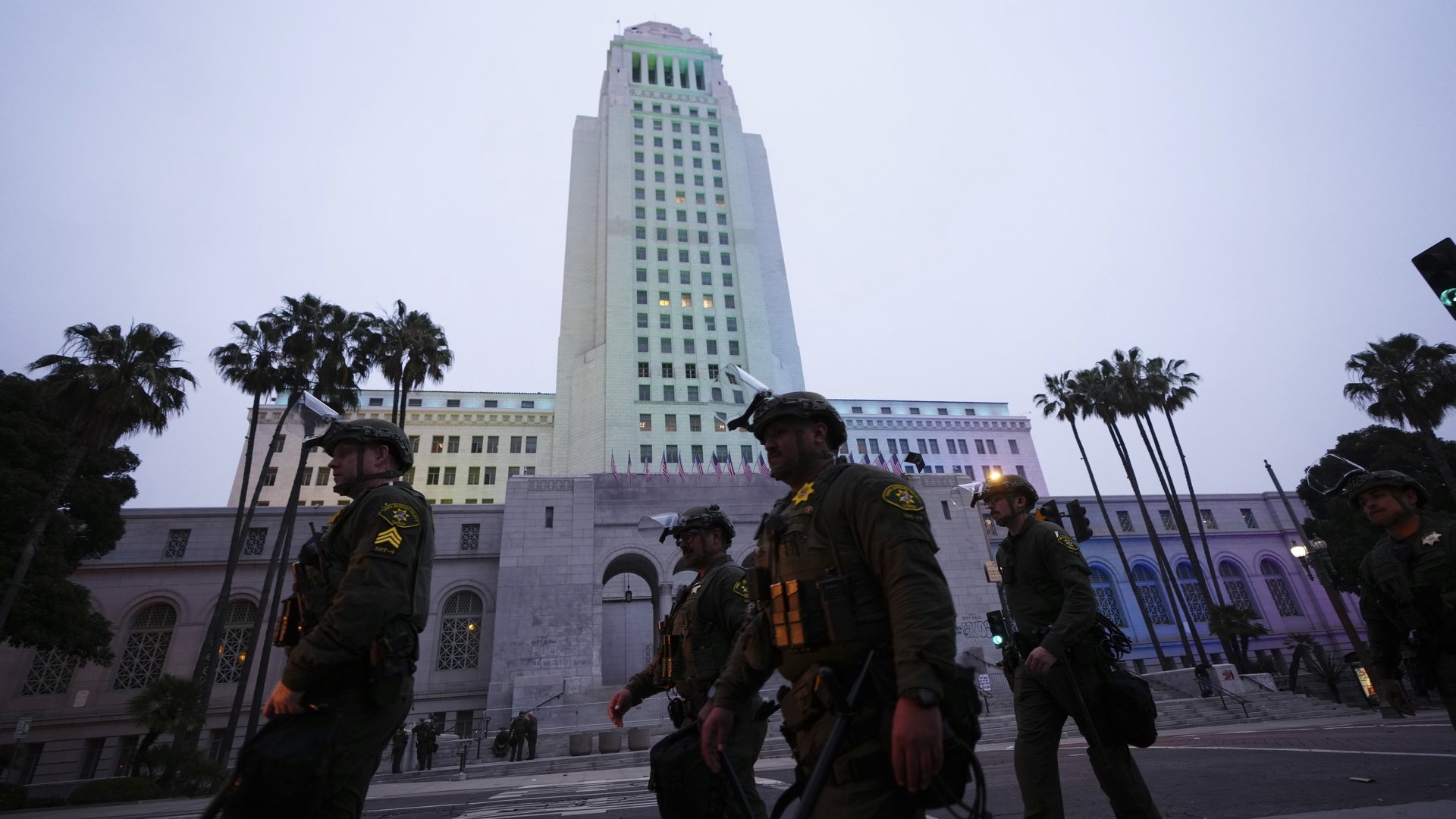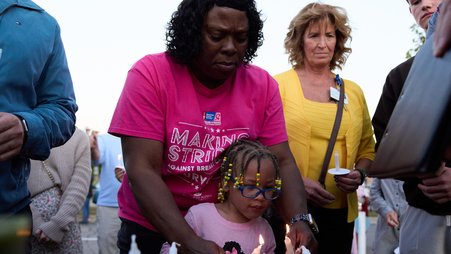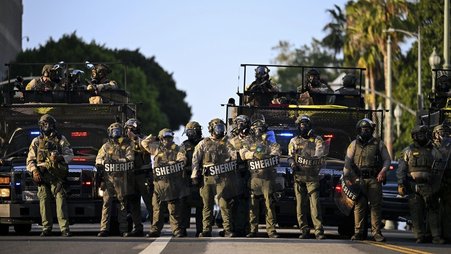A searchable public database known as the Police Records Access Project has made public for the first time more than 1.5 million pages of previously secret records about the use of force and misconduct by California police officers.
The California Reporting Project, a collaboration between news outlets, universities, and civil society organizations, began collecting and organizing the documents after the passage of SB 1421, a landmark law that made them public records. The law was expanded in 2021 to give the public even greater access.
Now, however, the California legislature is beginning to reverse course. This month, it passed AB 1178, a new bill that would make it harder for the public to access police misconduct records. The bill is awaiting Gov. Gavin Newsom’s signature or veto.
We spoke to journalist Lisa Pickoff-White, who is the director of research at the California Reporting Project, about what the CRP has accomplished so far and what AB 1178 could mean for transparency and accountability.
What are some of the most impactful stories journalists in the CRP have published using these records?
The project had impact from the beginning. A district attorney dropped charges against a woman who was wrongly arrested for allegedly misusing 911, after an investigation into one of the first cases released under SB 1421.
Reporters documented where departments failed to investigate police killings, found a homicide detective whose dishonesty upended criminal cases, and uncovered a pattern of excessive force at a state prison. We identified 22 people who died after officers held them face down, including two people who died after a state law banning the practice.
The governor is expected to sign a law barring agencies from using secret deals to conceal misconduct, prompted by an investigation exposing how 163 departments signed “clean-record agreements.”
What were some of the biggest challenges in collecting, reviewing, and standardizing these records and launching the database?
Obtaining records continues to be a major challenge. Just days before SB 1421 took effect, Inglewood destroyed records, for instance. In August, we sued San Joaquin County over the cost of autopsy reports related to deaths caused by law enforcement officers. We’ve made more than 3,500 record requests and maintain relationships with hundreds of agencies.
Once we have the records, assembling them is a challenge. There’s no standard police report, and we receive a great variety of files, from PDFs to surveillance video. We built tools to extract information, which researchers use to match files into a case. Then we reextract information from each case, some of which is published, and then also used to help us identify places where we need more records.
Now that the database is public, what should journalists know about using it? How has the public responded to the database since it launched?
So far, people have searched our archive more than 1 million times. We’ve heard from people who have lost loved ones to police violence that this database makes it easier to access records.
Expanding the search can help. Multiple agencies may have records about the same incident. If an officer shoots and kills someone, the police, the district attorney, and the medical examiner or coroner may hold records. A review board may have files. The state attorney general could investigate. Sometimes, agencies also investigate cases for each other; a local sheriff may investigate a shooting for a police department.
Officers can also appeal disciplinary charges. If you’re looking at a misconduct case, it might also be worth searching local administrative agencies or the state personnel board.
A new bill awaiting the signature or veto of Gov. Newsom, AB 1178, could lead to more redactions when officers claim their duties require anonymity. What would it mean for transparency and accountability if misconduct records become harder for the press and the public to obtain?
Without AB 1178, agencies can already redact the names of undercover officers. Our records show that agencies across the state continue to improperly redact the names of officers. Meanwhile, the bill’s authors have yet to cite any harm that’s come from releasing the names of officers involved in use-of-force and misconduct incidents.
Our reporting, and other investigations, revealed that agencies can and do hire officers who previously violated policies. These officers are more likely to receive complaints again. For instance, Derek Chauvin had 18 prior complaints in the Minneapolis Police Department, two of which led to discipline, before killing George Floyd.
What lessons can journalists and advocates in other states learn from CRP’s work?
There is a vast amount of work to do and collaboration is the key to doing it. More than 100 reporters have worked on the project for the last seven years, and we needed people with a wide range of expertise to make requests, build tools, and report.
That mix of skills allowed us to build tools to spot the gaps between what cases agencies disclose and incidents listed in other data sources about shootings and sustained complaints. We’ve gained thousands of cases through this kind of check. Having a group of people with request aptitude, coding ability, and domain knowledge allowed us to identify what we needed and the incremental steps to take to get it.





